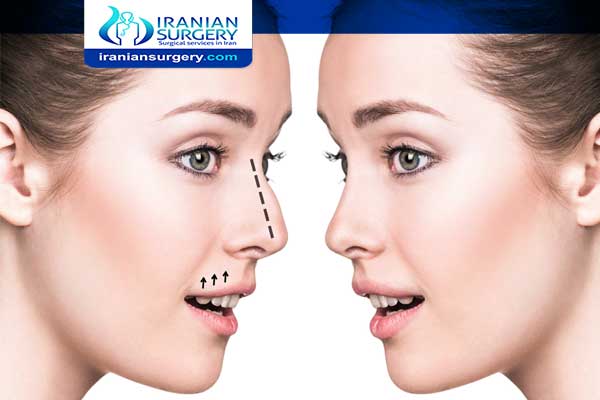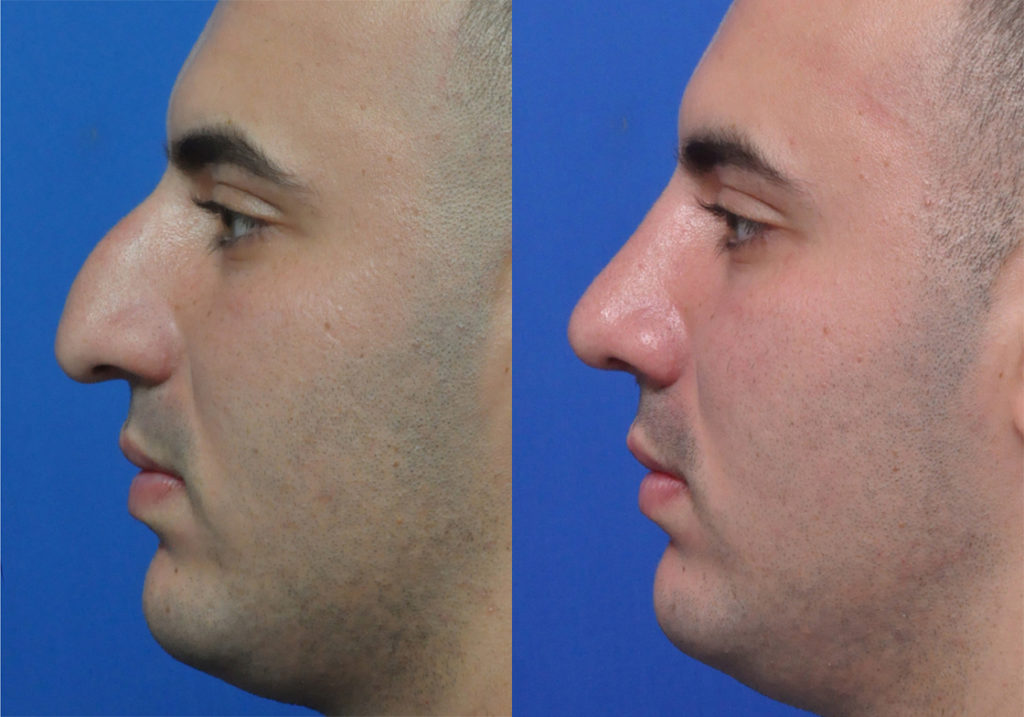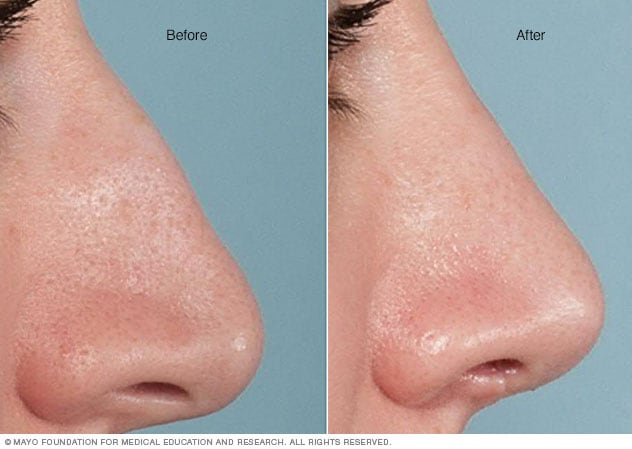Rhinoplasty for Dummies
Table of ContentsExamine This Report on Rhinoplasty Surgery AustinGetting My Nose Job Austin Tx To WorkRhinoplasty Can Be Fun For Everyone
Technically, the plastic cosmetic surgeon's incisional technique categorizes the nasal surgery either as an open rhinoplasty or as a closed rhinoplasty procedure. In open nose surgery, the cosmetic surgeon makes a small, irregular cut to the columella, the fleshy, exterior-end of the nasal septum; this columellar cut is additional to the typical set of cuts for a nasal correction.Rhinoplastic correction: A kid afflicted with a cleft lip and a cleft palate. rhinoplasty surgery austin tx. Except for the columellar incision, the technical and procedural approaches of open nose job and of closed nose surgery are comparable; yet closed rhinoplasty procedure features: Lowered dissection (cutting) of the nasal tissuesno columellar incision Decreased potential for the extreme reduction (cutting) of the nasal-tip support Decreased post-operative edema Reduced noticeable scarring Decreased iatrogenic (unintentional) damage to the nose, by the cosmetic surgeon Increased schedule for effecting in situ procedural and technical modifications Palpation that allows the surgeon to feel the interior changes effected to the nose Much shorter operating space time Quicker post-surgical healing and convalescence for the patient The open rhinoplasty approach pays for the plastic surgeon advantages of ease in securing grafts (skin, cartilage, bone) and, most importantly, in securing the nasal cartilage properly, and so better to make the suitable evaluation and treatment.

Cleft lip and palate in mix; cleft lip (cheiloschisis) and cleft palate (palatoschisis), individually. Genetic nasal abnormalities Genetically derived ethnic-nose abnormalities Allergic and vasomotor rhinitis swellings of the mucous membrane of the nose triggered by an allergen, and triggered by circulatory and nerve system disorders. Bites animal and human Burns triggered by chemicals, electrical power, friction, heat, light, and radiation.
Neoplasms malignant and benign tumors Septal hematoma a mass of (normally) thickened blood in the septum Toxic substances chemical damages brought on by inspired compounds e. g. nose job. powdered drug, aerosol antihistamine medications, et cetera. Terrible deformities triggered by blunt trauma, permeating injury, and blast trauma. Venereal infection e. g., syphilis Recently, ultrasonic nose surgery which was presented by Massimo Robiony in 2004 has actually become an option to traditional nose job.

Not known Facts About Rhinoplasty Surgery Austin Tx
Normally, the plastic surgeon initially separates the nasal skin and the soft tissues from the osseo-cartilagenous nasal structure, and after that improves them, sutures the incisions, and applies either an external or an internal stent, and tape, to immobilize the freshly rebuilded nose, and so facilitate the recovery of the surgical cuts.

The autologous grafts usually are gathered from the nasal septum, however, if it has inadequate cartilage (as can take place in a revision nose surgery), then either a costal cartilage graft (from the chest) or an auricular cartilage graft (concha from the ear) is harvested from the patient's body. When the nose job requires a bone graft, it is harvested from either the cranium, the hips, or the chest; furthermore, when neither kind of autologous graft is available, an artificial graft (nasal implant) is utilized to augment the nasal bridge.
To record the "before-and-after" physiognomies of the nose and the face of the patient, the particular visual viewpoints needed are photographs of the nose seen from the anteroposterior (front-to-back) viewpoint; the lateral view (profiles), the worm's-eye view (from below), the bird's-eye view (overhead), and three-quarter-profile views. Photo A. Open nose job: At nose job's end, after the plastic cosmetic surgeon has actually sutured (closed) the cuts, the corrected (brand-new) nose will be dressed, taped, and splinted stable to permit the undisturbed healing of the surgical cuts. Open rhinoplasty: Post-operative, the taped nose, prepared to get the metal nasal splint that debilitates and secures the recently corrected nose. Picture C. Open nose job: The metal nasal splint help wound healing by securing the tender tissues of the new nose. Picture D. Open nose surgery: The taped, splinted, and dressed nose completes the rhinoplasty.
Open nose surgery: After the preliminary taping of the nose, a customized, metal nasal-splint, developed, cut, and formed by the surgeon, is emplaced to incapacitate and safeguard the tender tissues of the brand-new nose during convalescence. Photograph D. Open nose job: The taping, emplacement of the metal splint, and dressing of the new nose complete the nose job procedure.
Picture 2. Open nose surgery: The right lower lateral cartilage (blue) is exposed for correction. Picture 1. Open rhinoplasty: The columellar cut delineated as a red-dot standard, will help the surgeon in the exact suturing of the nose. Photograph 4. Rhinoplastic correction: A nasal-hump excision plan; the black line delineates the dorsal rhinoplasty austin plane of the new nose.
Open nose surgery: the nasal suggestion is sutured to narrow the nose. Photo 1. Open nose surgery: The incisions are endonasal (in the nose), and hence are concealed. The skin-incision to the columella help the plastic cosmetic surgeon in specifically suturing to conceal the scarexcept for the columellar incision (red-dot guideline) across the nasal base.
Not known Factual Statements About Rhinoplasty Austin

Photo 2. Open nose surgery: The nasal interior. The scissors indicate the lower lateral cartilage (blue), which is among the wing-shaped cartilages that adhere the pointer of the nose (rhinoplasty austin tx). The jagged red delineation suggests the place of the columellar incision. As soon as the skin has actually been raised from the bone-and-cartilage structure, the surgeon performs the nasal correction tasks.